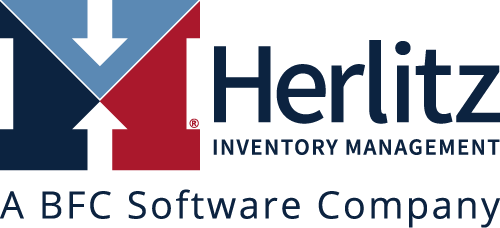Order Policy Analysis
Managing Costs, Profits, and Order Quantity Decisions are Connected
For many wholesale and retail businesses, planners base their order replenishment quantities on industry rules, category codes, or ABC analysis. Often, the regular replenishment order cycles are based on traditions, norms, or general internal rules.
However, the goal should be to buy in quantities that maximize profitability. Buyers should be taking a more sophisticated approach by looking at the economics involved by:
- Weighing the cost structure in their business
- Analyzing the vendor product costs and price bracket information
HIMPACT’s Order Policy Analysis Treats Inventory as an Investment and an Expense
HIMPACT’s Order Policy Analysis provides you with the tools you need to make better buying decisions. The system helps by balancing handling and carrying costs while considering economies of scale.
HIMPACT’s order policy management solution helps you maintain your service goals by providing the highest possible profits on an item-by-item basis. This ultimately helps satisfy your customers while maximizing bottom-line results.
How Order Policy Analysis works in HIMPACT®
Order Policy Analysis increases your profits by calculating the most economical way for you to buy, improving the flow of inventory into your DC and stores, minimizing costs, and identifying the most profitable order quantities.
Much more than Classic EOQ calculations, HIMPACT’s order policy analysis takes into account your overhead and cost of money along with balancing:
- PO Header and Line Costs
- Carrying Costs of Item and Vendor Brackets
- Carrying Cost of Safety Stock associated with Brackets
- Seasonality of Product Forecasts
HIMPACT® generates helpful costs and profit graphs, which help you easily identify what order cycle makes the most sense for your specific business needs. Order Policy Analysis also simulates the costs of handling vs carrying for each vendor, based on order sizes varying from 1 to 365 days of demand.
Order Policy Analysis Provides These Benefits:
- Reduces Fixed Cycle Buying
- Balances Cost of Ordering vs Carrying Cost
- Recommends most Profitable Vendor bracket
- Understands Vendor Bracket Discounts
- Understands Item Bracket Pricing
- Understands Seasonality
If you are controlling your inbound freight by utilizing a third-party logistics (3PL) provider, we can use that information in identifying the most profitable quantities for your buying.
Is Order Policy Analysis Right for You?
How would you answer the following questions? If you answer yes to the first one, no to the second, and have no idea on the third, it might be time to invest in a new inventory management system that can help.
- Are your order cycles determined by an internal rule of thumb?
- Can you determine if you are making sound business decisions?
- When does buying higher volume vendors in truckload quantities make financial sense?
